Star Trek Nemesis just about marked the death of the franchise. Indeed, the fact that it was a worldwide box-office disaster meant that many felt the series had run out of steam. For the first time in many years, there were no active big-screen franchises or Trek shows running on TV, with the often neglected Star Trek: Enterprise going off the air in 2005. It seemed space operas were out of vogue, with the rise of superhero movies taking Hollywood by storm. Not only was there the Sam Raimi Spider-Man movies and the Christopher Nolan Batman movies breaking box office records, but also a little company called Marvel studios decided to start making the own movies, beginning with Iron Man.
But what about Star Trek? For a while, Paramount wouldn’t have been able to produce a Star Trek movie even if they wanted to, with the company’s owner, Viacom, splitting from the CBS Corporation, who owned all of Paramount’s TV properties – including Star Trek. Yet, the franchise still had some pretty big fans, chief among the J.J. Abrams. He’d just directed Mission: Impossible III for the studio, and while the film misfired at the box office, many thought he would be the next big director, and Paramount was eager to keep him under their umbrella. He was principally a Star Wars fan, but he was keen to try his hand at a space epic, and it helped that two of his chief creative collaborators, Roberto Orci and Damon Lindelof, were Trekkies.
Indeed, though, Abrams wouldn’t direct another Next Generation movie. It also was going to be a big-budget production for the studio, who, at the time, only allowed smaller budgets to the Trek films due to their limited popularity overseas. When the studio acquired the rights to produce a movie from CBS and Abrams was brought on board, the decision was made to make this an A-level tentpole movie. The studio hoped it would be a big franchise for them.
But what would it be about? Abrams said that he considered the franchise to, at its heart, be about Kirk and Spock, so the decision was made to revisit an idea old-school Star Trek producer Harve Bennett had after Star Trek V, which was to make a movie set at Starfleet Academy about the young Kirk and Spock. Initially, they were scared off by the fact that Shatner and Nimoy would have very little involvement. Kirk had been killed off in Star Trek Generations in the intervening years, but Spock was alive. The idea was to bring in Nimoy’s Spock and reset the timeline so that these Star Trek movies would operate independently of the rest of the franchise. This would be referred to as the Kelvin timeline in the years to come.
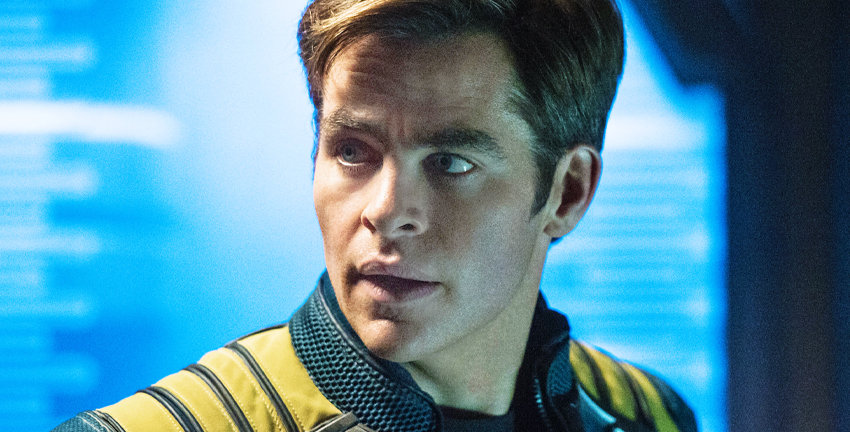
Orci and Kurtzman would write the script, which would center around Spock trying to save Romulus from destruction using a volatile red matter that fails and sends him and the Romulan villain Nero back in time, but 25 years apart. When Nero emerges, he attacks the federation ship, The Kelvin, and, in the scuffle, the captain is killed, leading to George Kirk becoming captain only for moments and sacrificing himself to save his wife Amanda, who gives birth to a son, James Tiberius Kirk.
Thus, the timeline is altered, with Kirk growing up fatherless and more rebellious than in the other timeline. He eventually joins Starfleet Academy, where Bones McCoy befriends him and winds up on board the enterprise during a mission. He finally meets a young Spock, whom he initially hates. Still, eventually, after meeting the older, marooned Spock, played by Nimoy, he realizes he has to step up, accept his destiny and become the heroic Captain Kirk the universe needs him to be.
One thing worth noting now is that despite the cast seeming pretty star-studded in 2023, almost everyone was unknown when this was made. Chris Pine had played love interests in a Princess Diaries sequel and a Lindsay Lohan movie, but he was virtually unknown. He beat out Chris Pratt and the nearly cast Timothy Olyphant to play the role, and his performance immediately established him as an A-list leading man. As Spock, Zachary Quinto was seen as a no-brainer, as he was known as the villain Syler on Heroes, and everyone had already noted his similarity to Leonard Nimoy. Karl Urban was also seen as a no-brainer, looked a lot like Deforest Kelly, and was a rising star at the time with roles in the feature version of Doom and the Lord of the Rings series. As Sulu, John Cho was probably the most known of the core cast, but primarily for playing the MILF guy in American Pie and Harold in the Harold and Kumar films. The late Anton Yelchin was cast as Chekov, while Zoe Saldana, who had already shot Avatar by this point (although the film hadn’t come out), played Uhura. Perhaps the most significant coup, other than getting Nimoy back, was casting noted Trekkie Simon Pegg as Scotty, while Eric Bana would play the villain, Nero, and he was by far the biggest star in the cast. Notably, the film also cast a very young Chris Hemsworth as Kirk’s father, George, and despite only having about 5 minutes of screen time, many believe this showcase role landed him Thor in the MCU.
Boasting a hefty $150 Million budget, Star Trek holds up fourteen years later. It remains J.J. Abrams’ best film and foreshadows his work doing the Star Wars movies. It’s loaded with action and is impeccably cast, with Michael Giacchino providing a soaring soundtrack. Yet, it had a few problems that kept it from the level of Star Trek II, IV or VI, namely that the film lacks character development in an effort to be action-packed. Indeed, none of the three Kelvin universe movies would give us enough focus on the core Trek characters – the trio of Kirk, Spock and McCoy, whose chemistry is complex to evoke in two hours. Still, it’s an exciting film that won over many non-Trek fans.
Notably, it was a solid hit, although whether or not it turned a profit is up in the air. It was a bonafide blockbuster in North America, earning $257 million, making it the biggest Trek movie ever. But, it only made an underwhelming $127 million overseas, more than any other Trek movie, but limited its chance to recoup its budget. Nevertheless, its success was seen as a step in the right direction, especially given how favourable the word of mouth was. The studio believed the franchise would grow like the Nolan Batman movies did, leading to the green lighting of a bitterly divisive sequel – but that’s a story for another day.


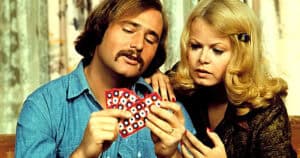
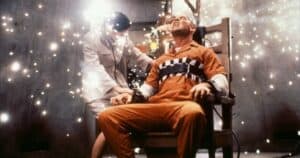
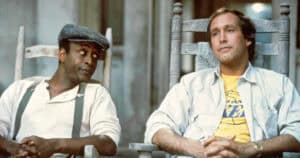
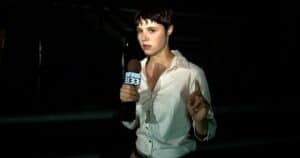
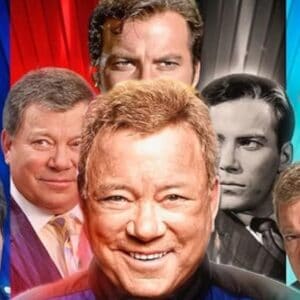
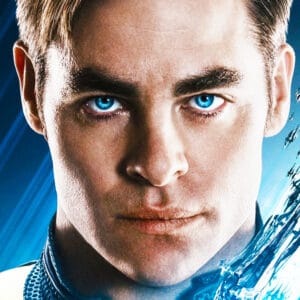
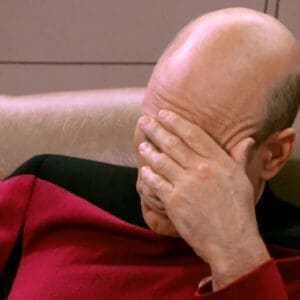
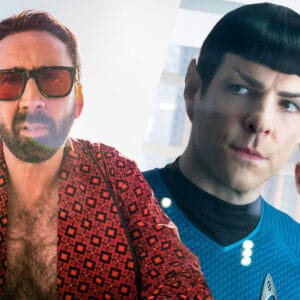
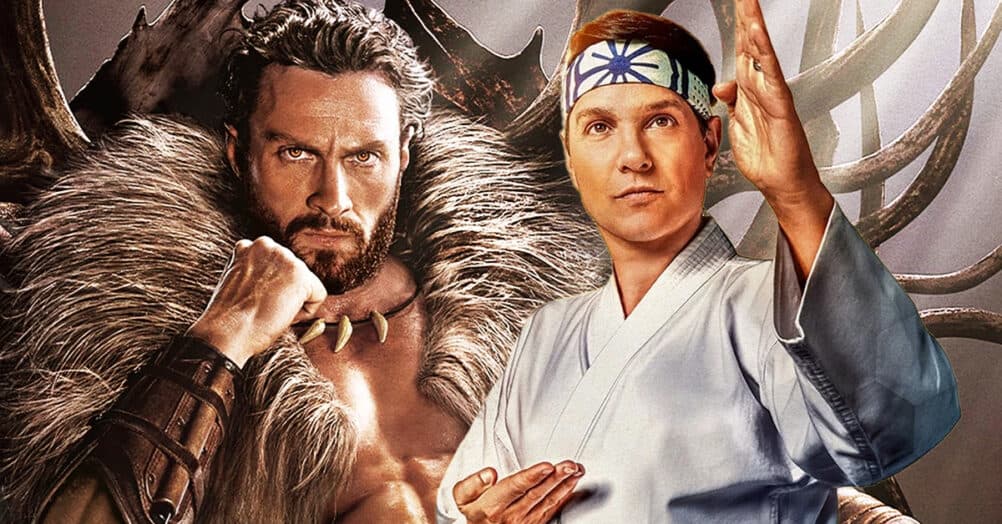

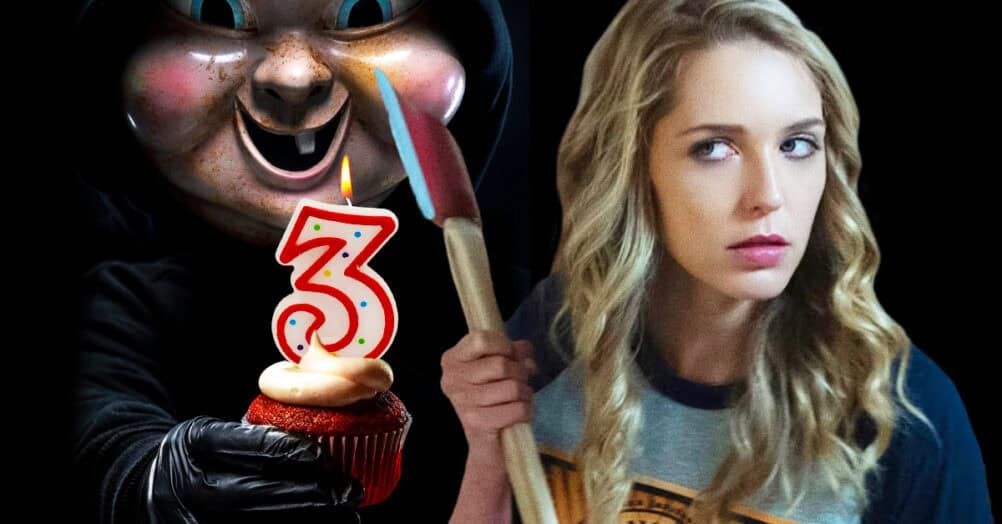
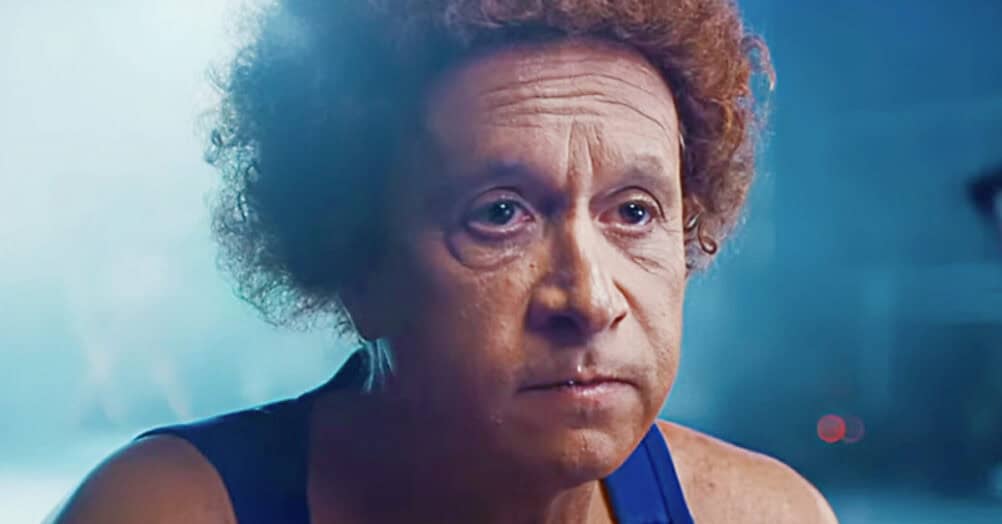
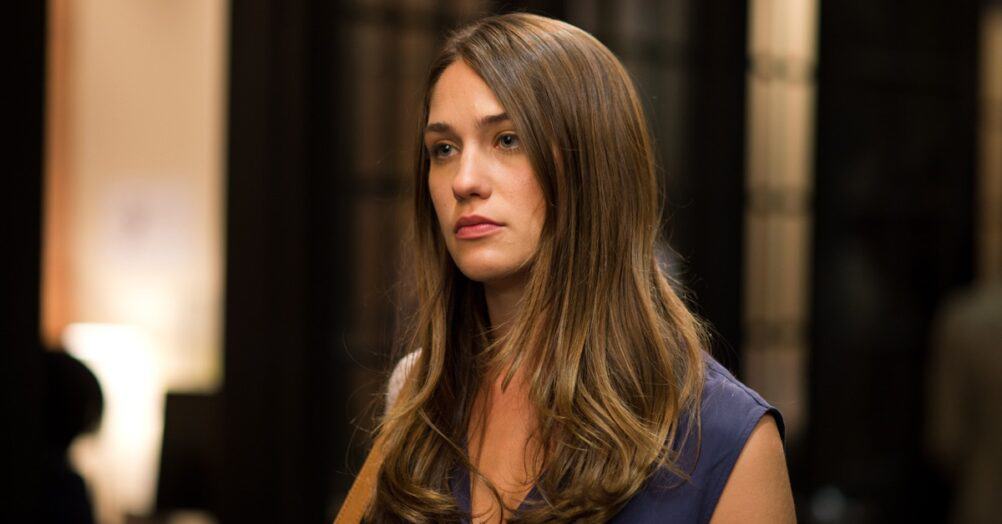
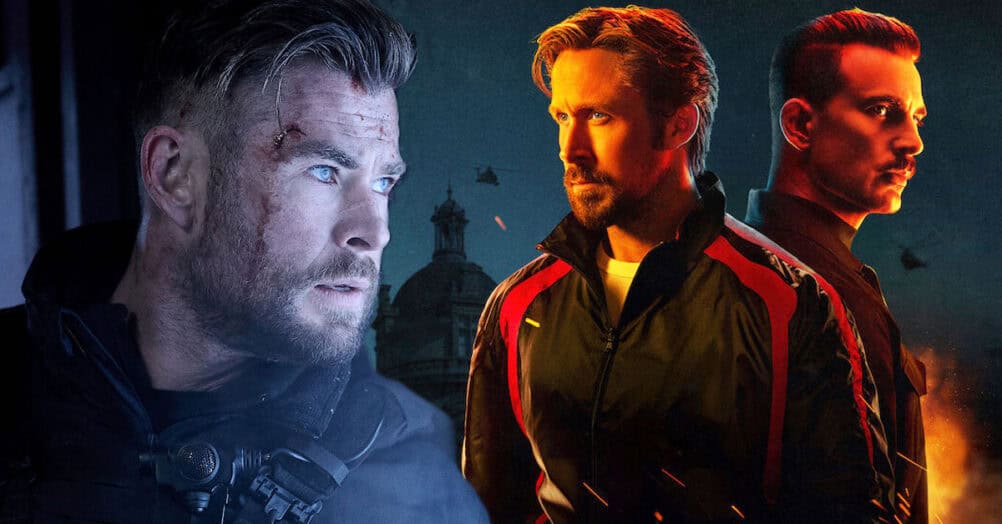
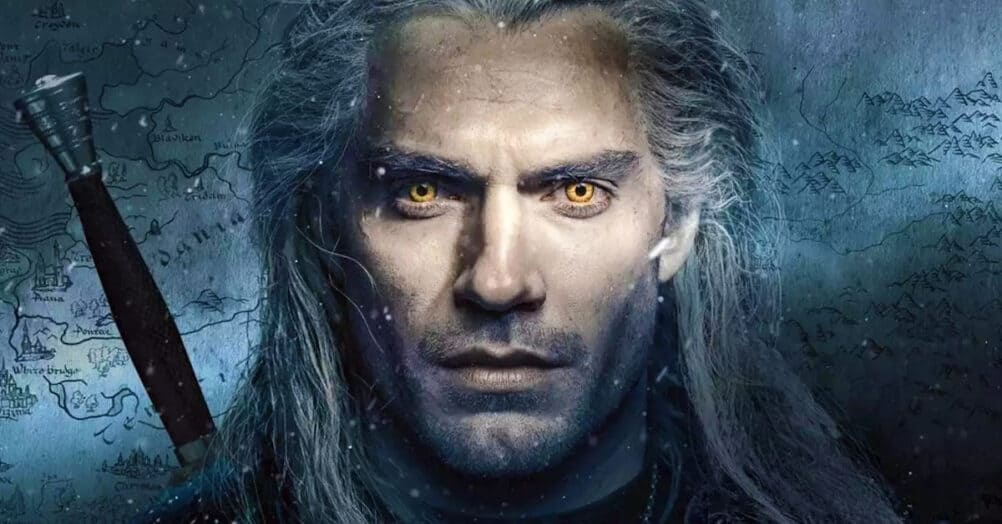
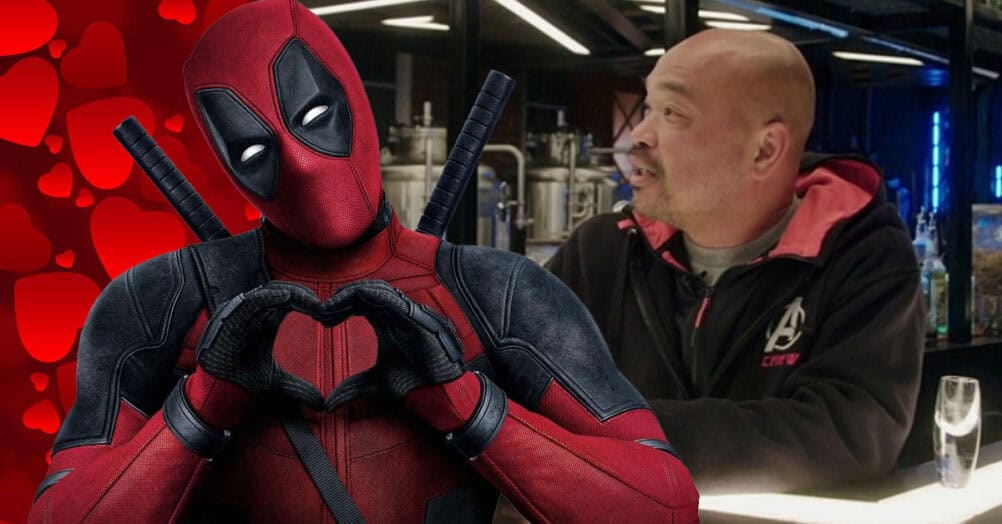
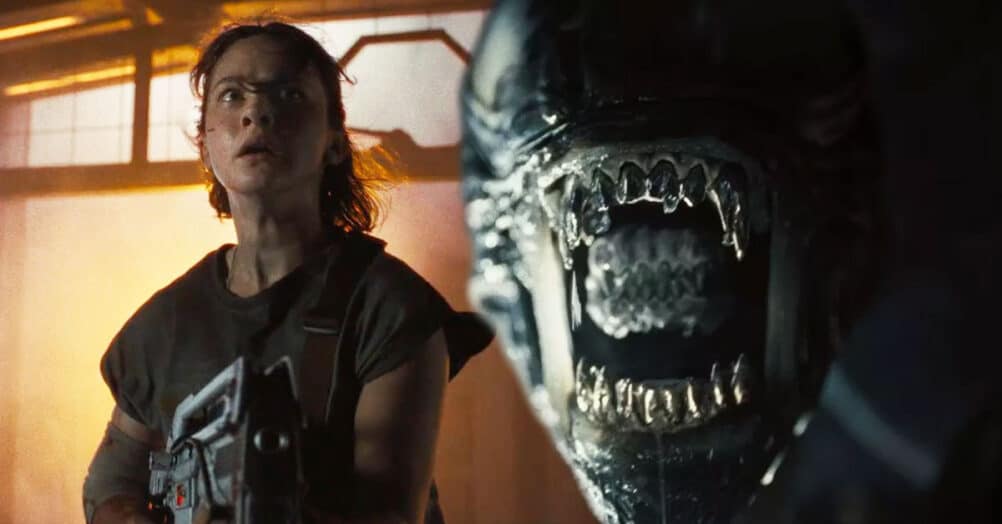
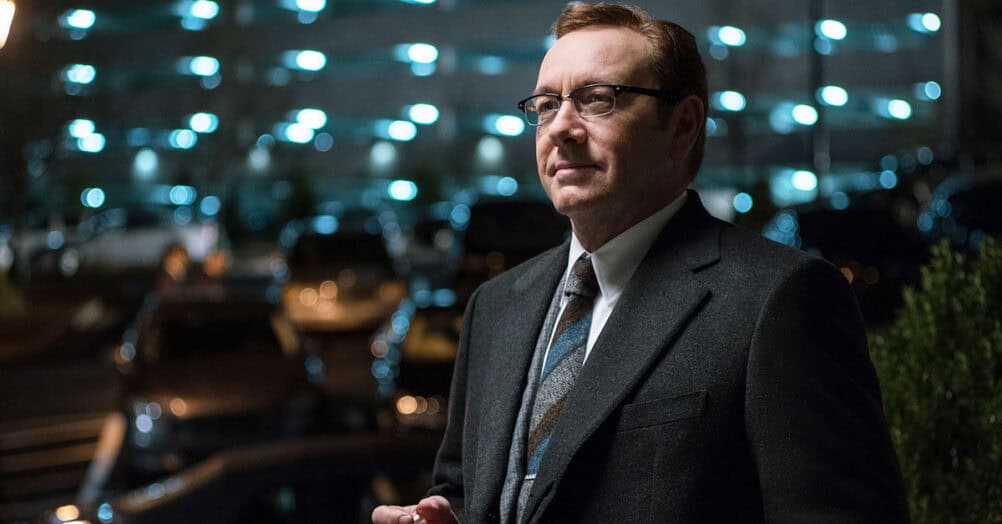
Follow the JOBLO MOVIE NETWORK
Follow us on YOUTUBE
Follow ARROW IN THE HEAD
Follow AITH on YOUTUBE